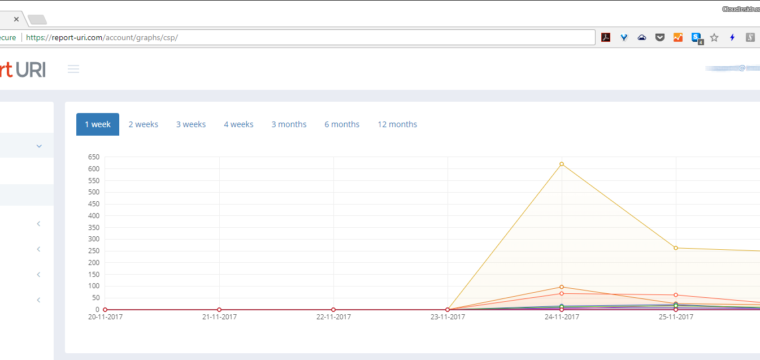In the age of cyber warfare, being paranoid is the only reasonable attitude and that means, among other things, being paranoid about software updates.

Cyber security, infotech

In the age of cyber warfare, being paranoid is the only reasonable attitude and that means, among other things, being paranoid about software updates.

In light of documented TLS vulnerabilities and implementation bugs, understanding known attack vectors becomes a necessity.

Until the day TLS 1.3 becomes widely supported, web servers must rely on a fallback to TLS 1.2 with correctly configured server directives and strong cipher suites. Pick the wrong settings and you declare an open season on your server.

If you launch an instance from the official CentOS or RHEL 7.x AMI on AWS, you will be running kernel 3.1 as of this writing. That’s not a good idea. You can easily take advantage of improved security features of newer kernels that are already available in a stable release. The renowned Linux kernel maintainer Greg Kroah-Hartman released the Linux Kernel 4.14.15, which includes important fixes for Spectre & Meltdown. Here is how to update your Linux kernel from 3.1 to 4.16.11 in place.

A web service called Report URI can be a great help in creating an HTTP security policy that will protect your web application without compromising its functionality. Here is how to set it up to bolster your defenses against code injection attacks.
©2022 CybrAnalytiqa OÜ